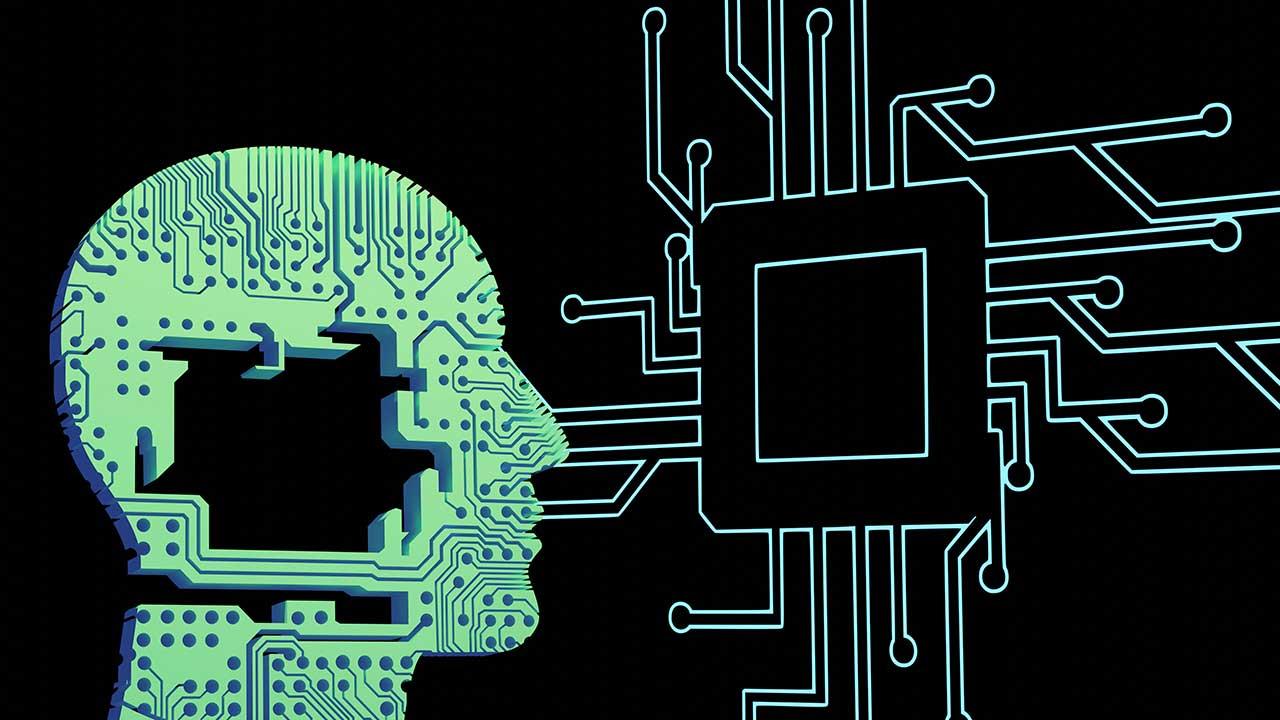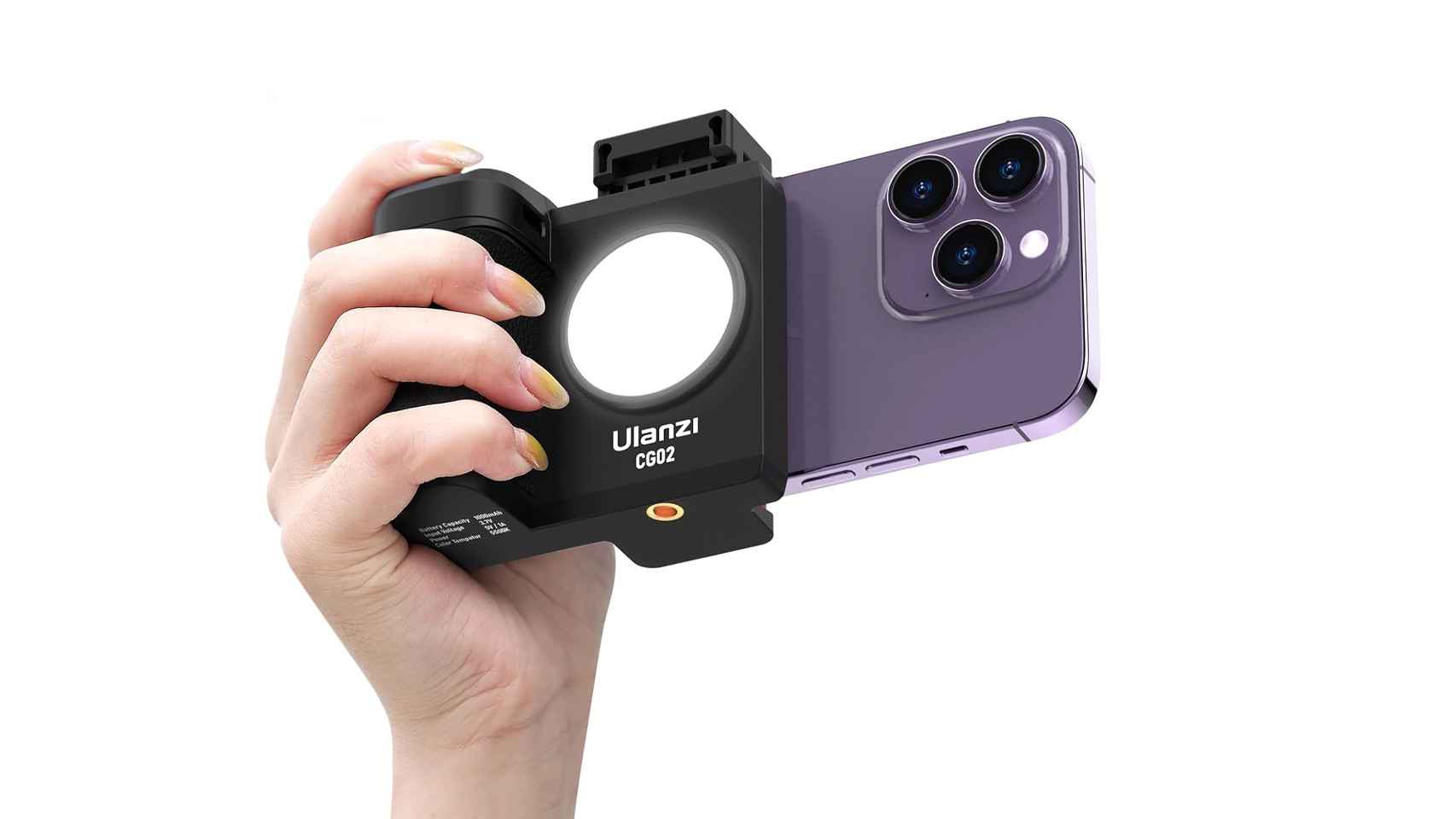Artificial intelligence is here to stay. Unlike other fashions that were supposed to revolutionize the world, over time we see how Artificial Intelligence is improving practically day by day and has become a double-edged tool, since its use is not always the right one (although those responsible because they are already responsible for regulating their operation).
Additionally, users can create their own AIs by training them with specific data to make them much more accurate, a possibility that we offer ChatGPT Plus via payment plan or NVIDIA via Chat with RTXa feature we analyzed at HardZone and which is available in the RTX 30 range or above.
Artificial intelligence has always been associated with fear, fear fueled by books and films where it is capable of destroying humans by functioning completely autonomously. If we know how an AI works, we know that this is not possible at the moment, at least in the current state of development we are in.
An AI can’t record anything
Based on this postulate, many users wonder if it is possible that an Artificial Intelligence is capable of inventing them and registering them in their name. The United States Patent and Trademark Office (USPTO) answered this question by stating that it is not possible to register an invention about artificial intelligence.
However, humans can use AI create and patent designs. If they use it, they are obliged to report the AI they used and the process they followed to train it and complete the project. To register an invention, the corresponding body must know all the data that was followed to make it in order to assess whether it can actually be registered.
In addition, the person who used the AI must have been a an important role in the development and not appear only as a patent applicant. This organization has updated the necessary guide to follow to register an invention, information which only confirms the first case in which a person attempted to register in 2020.
This has already been tried
In 2020, UPSTO received a records request from researcher Stephen Thaler that included the AI he used, called DUST
The United States Patent and Trademark Office denied the application, stating that only humans can apply for intellectual property registration. Thaler appealed the decision to a court, which only upheld UPSTO’s decision.
However still there is no general guideline established for all countries since each works independently. Thaler won approval from the South African and Australian patent and trademark offices, but not without controversy.
The UK and Germany, like the US, have also denied Thaler the opportunity to file a patent/invention in the name of an AI, since it is not a human, but of a machine. The criteria in the rest of Europe are the same as those in Germany.










